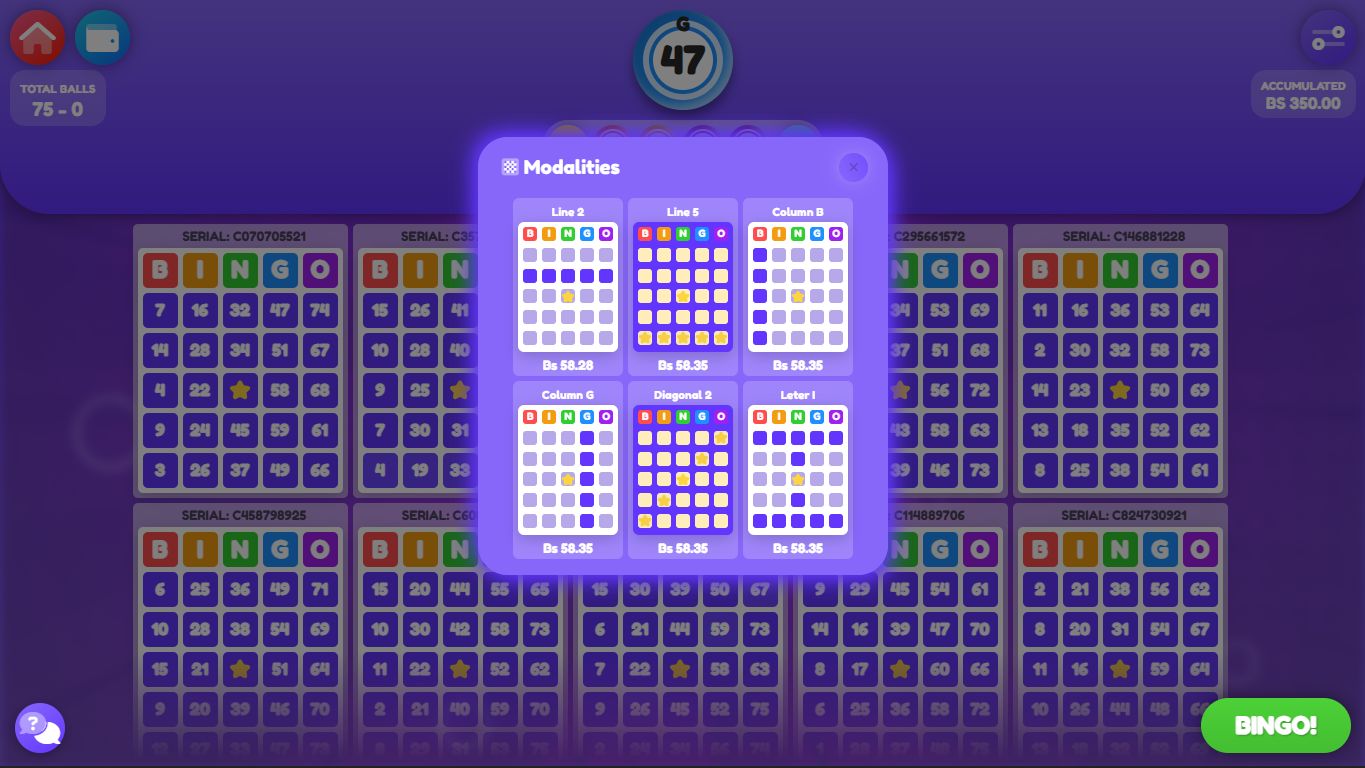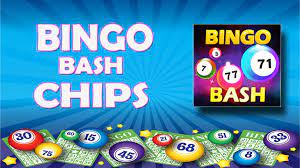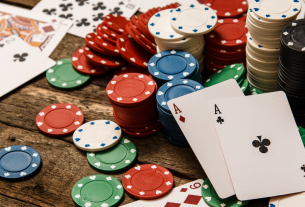Honestly, think of bingo. What comes to mind? For many, it’s the smell of stale coffee and old carpet, the weight of a heavy dabber in your hand, and the thunderous silence before someone finally shouts… “BINGO!” It was a ritual. A weekly pilgrimage to a community hall. But that ritual, that soundscape, has fundamentally changed. The game has packed its bags, traded its paper cards for pixels, and embarked on a wild journey into the digital age.
The Golden Age: Where Bingo Lived in Community Halls
Let’s rewind. For decades, bingo was a physical, social event. It was less about the potential payout and more about the shared experience. You’d get your paper cards, arrange your lucky trinkets, and settle in for an evening of gentle suspense and chatter. The caller was a local celebrity, their voice the conductor of the room’s energy.
The atmosphere was everything. It was tactile. The rip of a new book of tickets, the satisfying thwack of the dabber on a number, the rustle of a hundred cards being checked. This was the heart of traditional bingo culture. It was a place for grandparents, for friends, for people just looking to get out of the house. It was slow, deliberate, and wonderfully analog.
The Tipping Point: Technology Starts to Knock
Well, change was inevitable. The first big shift wasn’t even the internet. It was the electronic bingo terminal. These machines, appearing in many bingo halls, automated the daubing process. Players could now watch dozens, even hundreds, of cards at once, with the computer marking numbers automatically.
This was controversial, you know. Purists hated it. They felt it removed the skill and the focus from the game. But for others, it was a revelation. It lowered the barrier to entry and increased the excitement. This was the bridge—the first step in the evolution of bingo games from a manual pastime to a tech-assisted one. It showed the industry that players were ready for a new way to play.
The Digital Leap: Bingo Finds a New Home Online
And then came the internet. And everything exploded.
The early 2000s saw the first online bingo platforms emerge. They were clunky, sure. The graphics were basic, and the social features were limited to a crude chat box. But they offered something incredible: convenience. You could play in your pajamas, at 3 a.m., for a single dollar. The game was no longer bound by geography or time.
Here’s the deal: the initial appeal was accessibility, but the thing that made it stick was innovation. Online sites didn’t just replicate the hall experience; they enhanced it, supercharged it.
How the Game Changed: A Side-by-Side Look
| Feature | Traditional Hall | Digital Platform |
| Social Interaction | Face-to-face, limited to the room | Global chat rooms, emojis, virtual gifts |
| Game Speed & Variety | Set schedule, a few standard games | Games every minute, 75-ball, 90-ball, Slingo, themed games |
| Cost & Accessibility | Higher ticket prices, travel required | Micro-stakes, play from anywhere |
| Atmosphere | Tangible, communal buzz | Curated, with music and animations |
Why It Worked: The Unlikely Perfect Storm
So why did this digital transition work so well for bingo, a game so steeped in tradition? A few key reasons created a perfect storm.
- The Social Element, Reimagined: This is the big one. Developers realized that the chat room was the new bingo hall table. They introduced moderated chat hosts, themed chat rooms, and a culture of online friendship. The sense of community didn’t die; it just migrated.
- Variety and Innovation: Online platforms could experiment endlessly. They introduced new patterns, bonus rounds, and game hybrids like Slingo (a slot-bingo mashup). Boredom became almost impossible.
- The Mobile Revolution: Honestly, this was the final nail in the coffin for the old model. The rise of mobile bingo apps meant the game could fit in your pocket. Waiting for the bus? Play a quick game. On your lunch break? There’s a tournament starting.
The Modern Bingo Landscape: A Hybrid World
That said, the story isn’t about the death of bingo halls. It’s about adaptation. We now live in a hybrid bingo world.
Many traditional halls have survived by embracing the very technology that threatened them. They host “linked” games, where players in a network of halls compete for massive, pooled jackpots. They’ve improved amenities, making a night out more of an event. Meanwhile, online operators are constantly pushing the envelope with VR bingo concepts and even more immersive social features. The line between the physical and digital is blurring.
The core of the game—that thrill of anticipation, the hope of a full card—remains untouched. It’s the same heart, just in a brand new body. A body that can be anywhere, anytime. And that, when you think about it, is quite a remarkable evolution for a game once defined by its four walls.
From a whispered number in a quiet hall to a push notification on a glowing screen… the game goes on.





